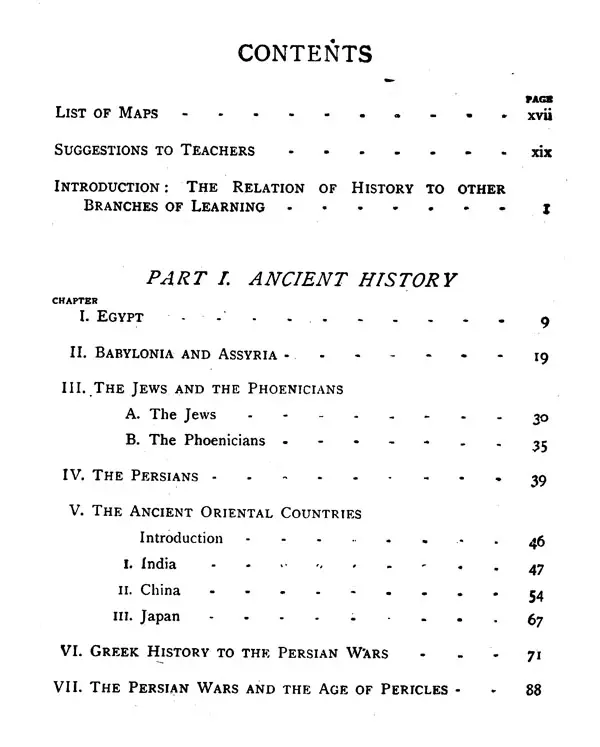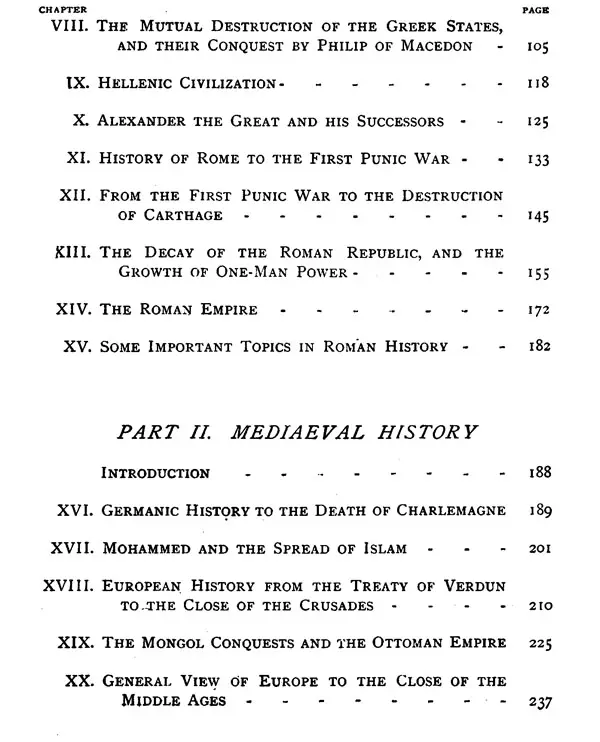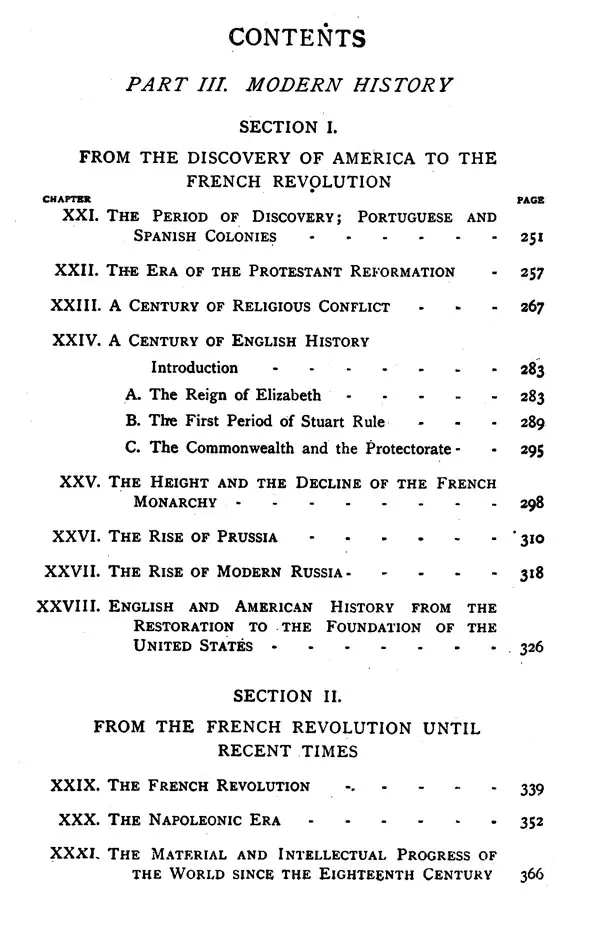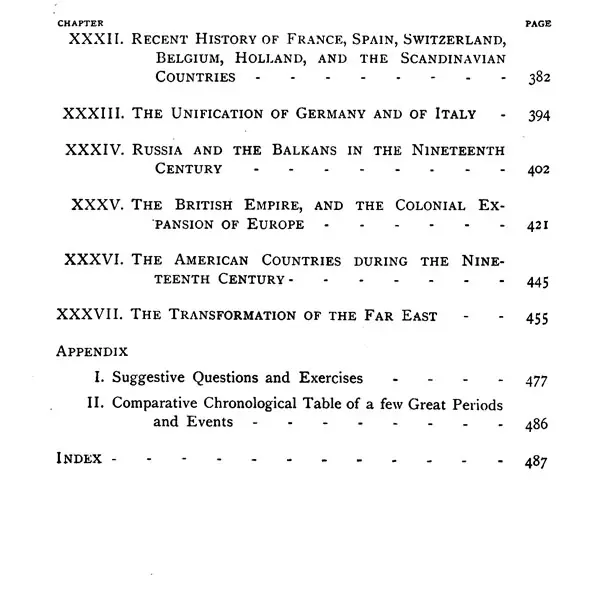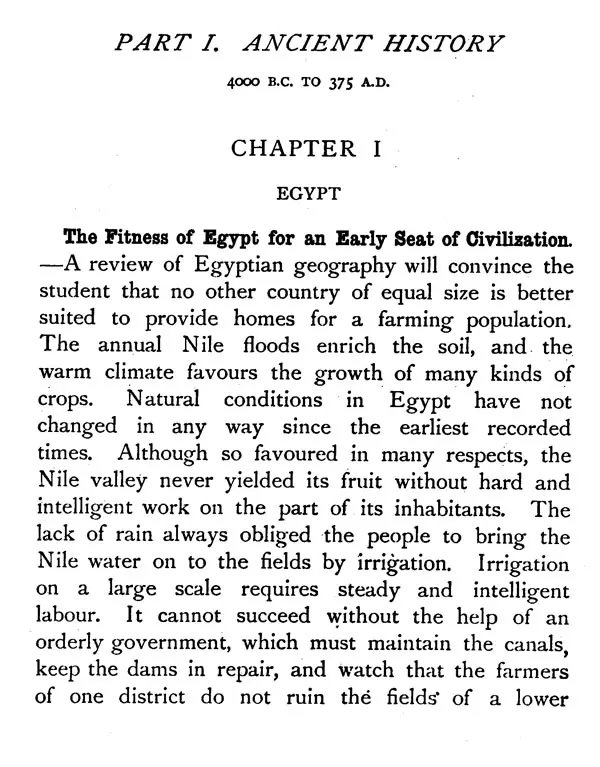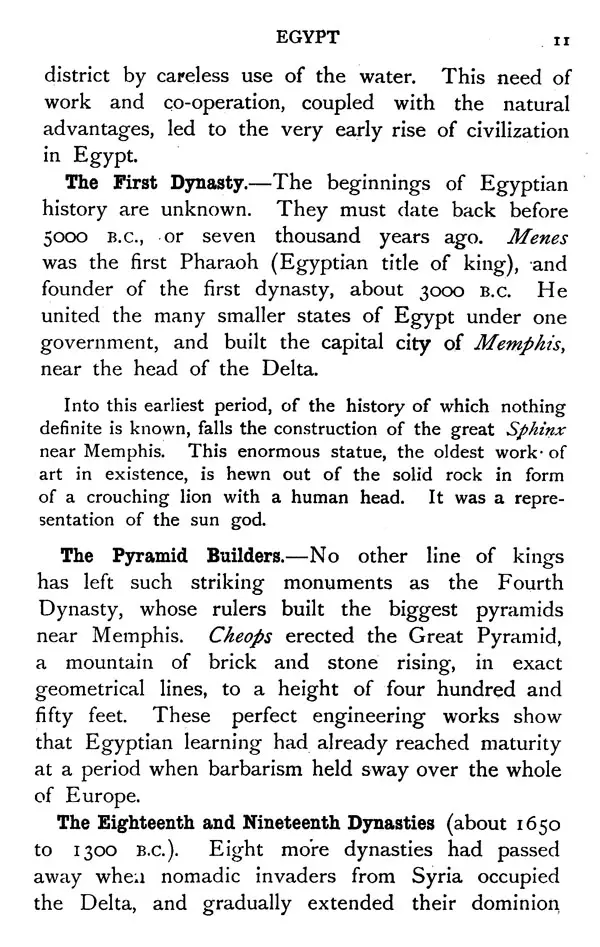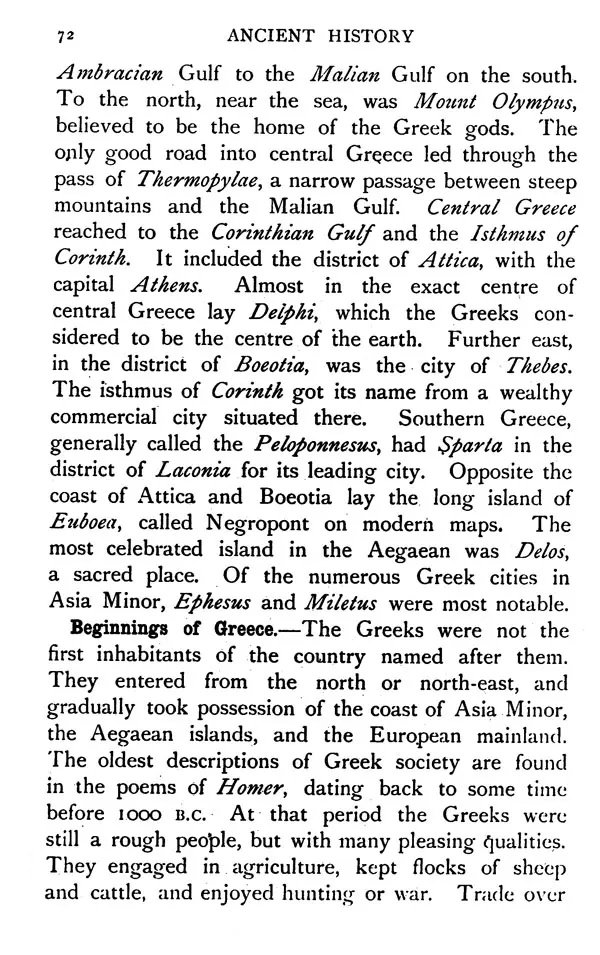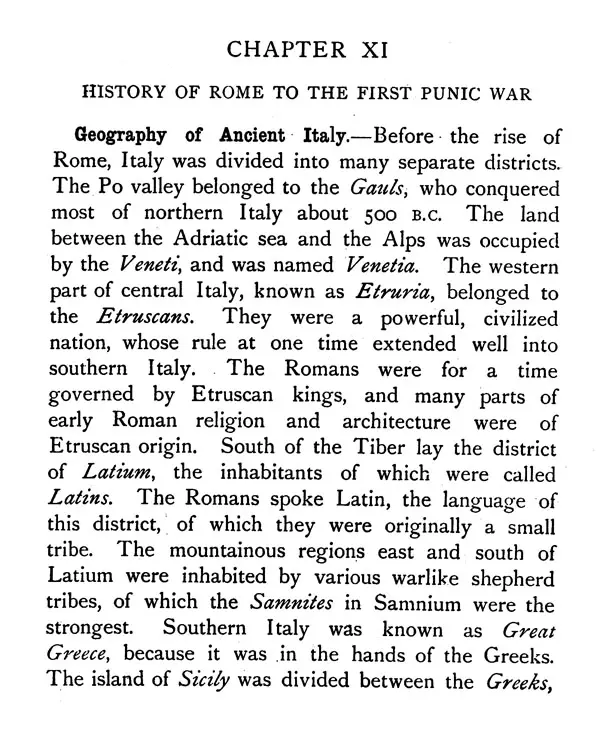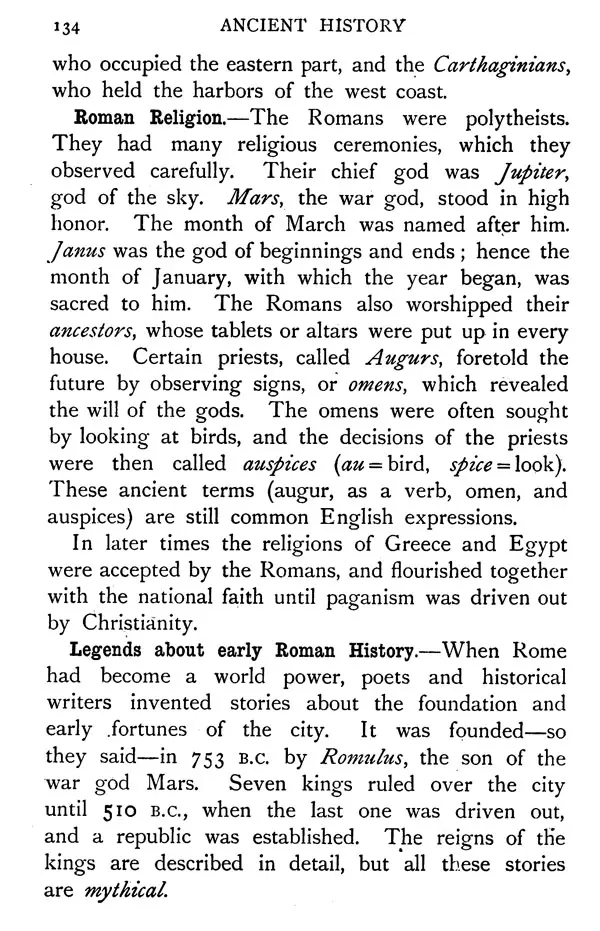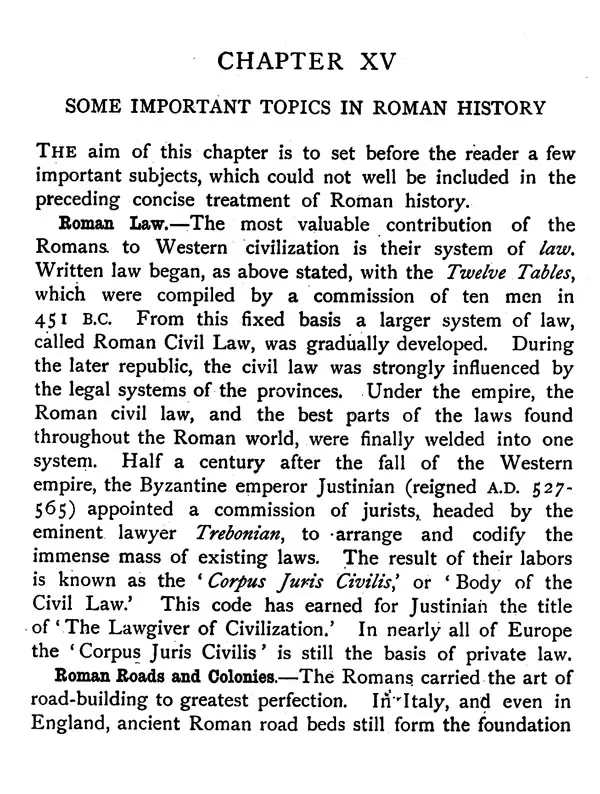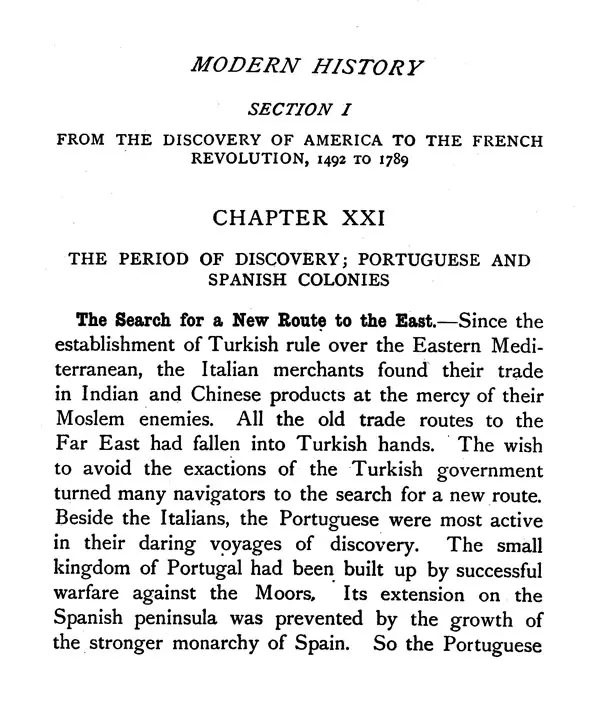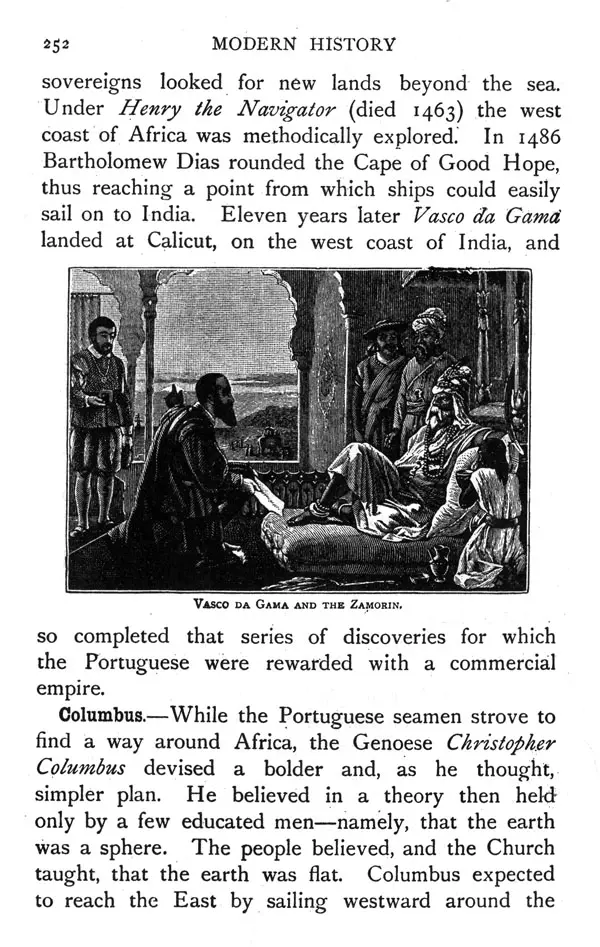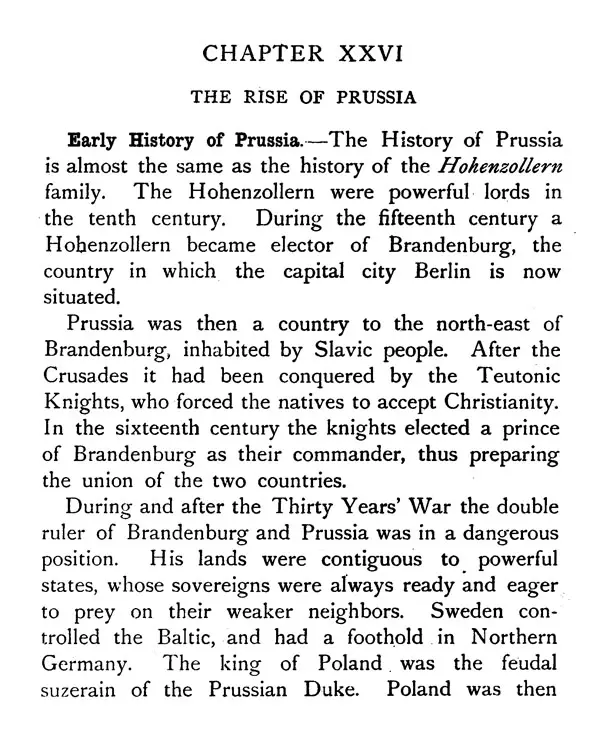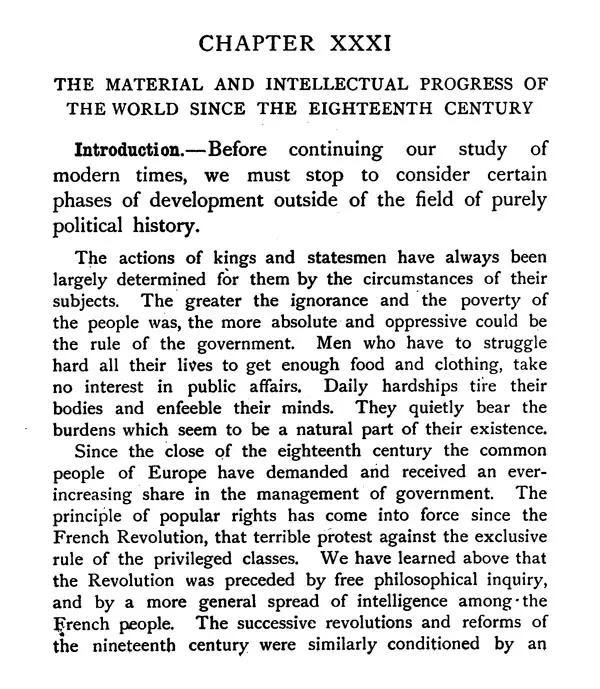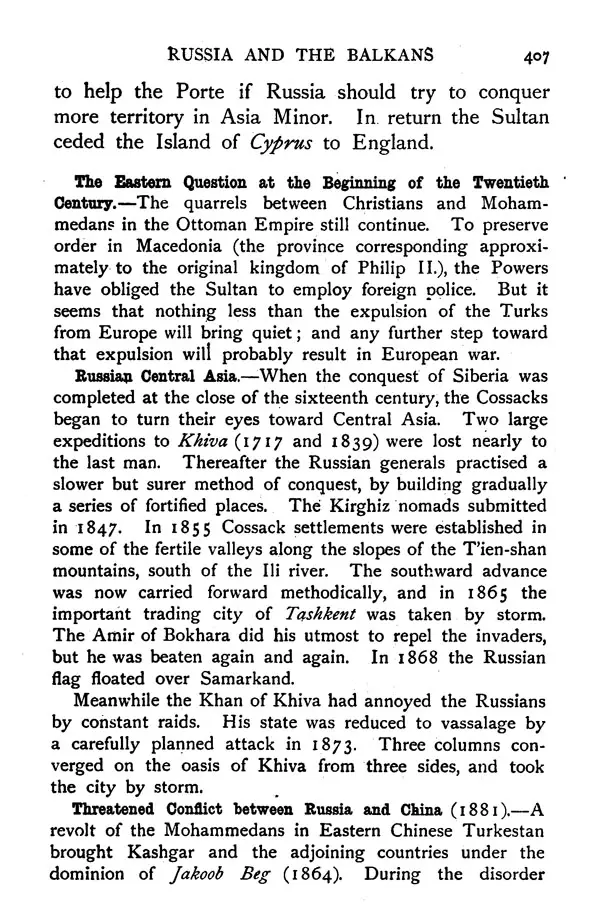
Concise Encyclopaedia of World History (Set of 2 Volumes)
Book Specification
| Item Code: | UAE375 |
| Author: | V. A. Renouf |
| Publisher: | Shubhi Publications, Gurgaon |
| Language: | English |
| Edition: | 2003 |
| ISBN: | 9788187226796 |
| Pages: | 501 (Throughout B/W Illustrations) |
| Cover: | HARDCOVER |
| Other Details | 8.50 X 6.00 inch |
| Weight | 810 gm |
Book Description
This Encyclopaedia covers the History of the World from the ancient times to the modern. Most of the earlier works on the same subject were meant for Western Scholars, but this has been specially compiled keeping the demands of the Eastern Scholars.
The book aims to relate in the simplest possible language, the grand outlines of World History, it has been divided into three sections. The section of ancient history has been devoted to oriental countries like India, China, Japan, Greeks and Parsia, it glorifies the contribution made by these countries to the History of the world. The medieval times considered to be the war period describes the grand wars like the Mangol War and the spread of Islam. The History of Western Civilisation occupies the greater part of modern history since it has become the dominent force in world today.
THE present book was written to meet the special wants of a new and rapidly increasing class of students in the East. Among the Western studies which are being introduced into the schools of China, history will always hold an important place. It is only through a study of general history, and especially of Western history, that an Eastern student can learn to understand the place of his own country among the nations of the world. The new movement towards constitutional government makes a study of Western institutions doubly necessary.
While there is no lack of admirable text-books on general history, there is yet not one among them which fills the requirements of the average Eastern student. He is usually a mature young man, who has passed through a course of training in the language and literature of his own country. He does not want a text-book for schoolboys. On the other hand, he is nearly always a beginner in English. Involved sentences, high-flown Metaphors, allusions to Greek mythology or to Bible passages, are all stumbling blocks which may at times prove insurmountable even for the native teacher. Simplicity of style will be greeted with the same feeling of relief as that which arises in the heart of the Western schoolboy when he meets with an easy passage in his Latin author.
Aside from the method of treatment and presentation, the point of view in this book differs widely from the one naturally taken in a text-book for English or American students. The purely intellectual and artistic side of Graeco-Roman history must needs be neglected. It is a subject too strange to the Eastern mind to make a summary treatment profitable. The religious struggles of the Reformation in Europe present a strife of dogmas which have no more interest to the Asiatic than the sects of Japanese Buddhism have to the European. Hence one short chapter contains the whole Era of the Protestant Reformation. On the other hand, all those events which have tended to connect the East and the West have received the fullest treatment possible in so short a book. A far larger proportion of space than usual is assigned to the history of Islam and to the Mongol and Turkish conquests.
Since the book is intended primarily for Chinese students, it may be urged that the half chapter on ancient Chinese history and institutions is superfluous. But apart from the hope that the book may be found useful also outside of China, the passage was inserted, after long reflection, purposely for the perusal of the Chinese. They can profit from it in two ways : First, by seeing what proportion their own history bears to universal history ; and secondly, by observing for a moment some familiar facts from that wholly objective point of view which a man can rarely attain in regard to his own country.
The book aims to relate in the simplest possible language the grand outlines of the world's history. The dominant force in the modern world is that complex historical compound called Western Civilization. The history of that Western Civilization must therefore occupy the greatest part of any modern General History, no matter whether it is intended for Asiatic or for European students. In condensing the history of the West into so small a compass, much had to be omitted which another writer might consider of importance. The student can judge how meagre the history is, when he learns that the passages on Eastern history are treated proportionally just as fully as most periods of the West.
An Elementary History like the present, then, always represents a small selection from an immense range of facts. The reader has a right to ask by what principles the author was guided in making his selection. I tried to do the following : First, to show the continuity of history, or, in other words, to make the reader see that the present has grown out of the past. Secondly, to emphasize those events and institutions a knowledge of which is most useful to persons interested in public reforms in the East. Thirdly, to show the value of high ideals of truth, and the advantage of liberal institutions. Under this third heading I confess to a personal bias. I believe, however, that the book is free ftom religious or racial prejudice.
THE RELATION OF HISTORY TO OTHER BRANCHES OF LEARNING
What History is.
-History is an ordered account of the growth of human societies. It treats principally of political events, and must tell also about many other things which have influenced the progress of nations. Religion, science, art, literature, education, and commerce are important in the history of every country. The Limits of History.
-History does not go far back into the early development of mankind. Man has existed on the earth for about a hundred thousand years. Our most ancient historical information reaches back to a time about six thousand years ago. In other words, history is able to treat of only about the last seventeenth of the whole story of man. Within this last historical period are also many gaps, which can never be filled. As regards both ancient and mediaeval history, what we do not know is much more than what we do know.
The Sources of History.
- Historians get their knowledge from written documents, from inscriptions, and from various sources of information left by departed people in their buildings and graves. For modern history, there is an enormous mass of state papers, treaties, reports, newspapers, and books, and the historian's main difficulty lies in selecting the important parts from the bewildering wealth of his material. Documents may be written on different kinds of paper, on stone, wood, or metal. Inscriptions may be found on rocks, on the walls of tombs, or on coins. No history of any country can be written unless its people have left some such record of their activities. Again, if the records of a later period are scanty, or unreliable, then the history of that period must also be imperfect.
Prehistoric Times.
-The times, of which no definite records have been left, are called the prehistoric times. It should always be borne in mind, that they are incomparably longer than the recent period called the historic one. The study of mankind before the historic period is called prehistoric archaeology. Prehistoric men left utensils, weapons, bones of killed animals, and other remains in the caves where they used to dwell. There these things, and sometimes also the bones of their former owners, remained under the soil, until the modern archaeologists dug them up again. Large tribes of those ancient savages built their villages over the water of lakes. The traces of such settlements have been discovered and carefully searched. Enough is now known, so that the books on prehistoric archaeology form quite a little library.
Races of Mankind.
-The commonest division of mankind is according to the color of the skin. Thus three great types are distinguished : The Black Race, the Yellow or Mongolian (often called Turanian) Race, and the White or European Race. But this division, like many others, cannot be strictly applied, and it is easy to find people, for example, whose skin is not yellow, although they are accounted Mongolians. The study of human races is called Ethnology. The most difficult problem of ethnology is just this of distinguishing the different races of man, and determining their points of difference. Broadly speaking, the three above-mentioned types have existed since the earliest historic times, and each has retained its peculiarities unchanged to the present day.
The Black Race.
-Most of the members of this race, called negroes, have Africa for their original home. Being an inferior race, they have largely been used as slaves by the stronger and cleverer members of the higher races. Ancient Egyptian monuments show captive black slaves. In the United States eight million negroes are now living as free citizens, all of them former slaves or descendants of slaves once imported like cattle from Africa.
**Contents and Sample Pages**
